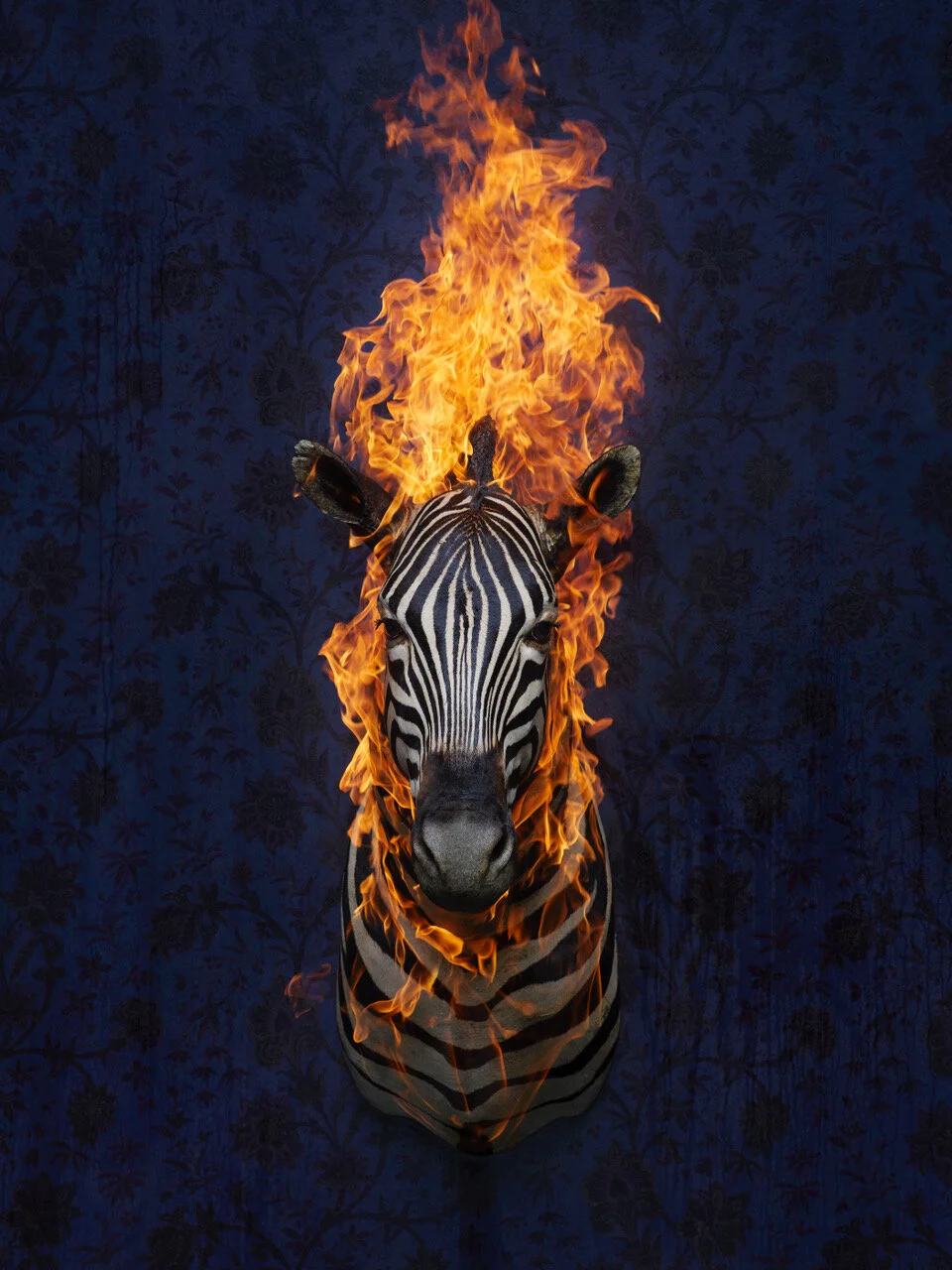Tuesday Reads: David Lynch
©David Lynch, Blue Velvet (1986).
“The idea is the whole thing. If you stay true to the idea, it tells you everything you need to know, really. You just keep working to make it look like that idea looked, feel like it felt, sound like it sounded, and be the way it was. And it’s weird, because when you veer off, you sort of know it. […] It says, “No, no; this isn’t like the idea said it was.” And when you’re getting into it the correct way, it feels correct. It’s an intuition: you feel-think your way through. […] At some point, it feels correct to you. And hope that it feels somewhat correct to others.”
© David Lynch, Lost Highway (1997).
The mere thought that the author behind the sentence – a stranger – has gone through the same intimate sensation we have repeatedly experienced feels somewhat like an intrusion – how dare you, David Lynch, make me feel understood and accepted through a single sentence. However, few intrusions are as comforting. There is a certain ease in reading about a specific sensorial experience we thought only we had ever gone through: what we had always deemed to be unexplainable is now wonderfully phrased before our eyes. How could David Lynch phrase my sensation so well? He must have experienced it as well! Then… many other creatives probably have, too. Such unique feeling – the relatability of our experience – is exactly what makes the photographic language so powerful.
©David Lynch, Mulholland Drive (2001).
Similarly, observers attempting to find parcels of themselves in the photographs they observe play a pivotal role in the social importance of fine art photography. A photograph, in 2020, cannot merely aspire to be beautiful for its own sake. The world has seen enough hollow beauty. Rather, fine art aspires to be defined as beautiful in a broader sense: to make people feel part of a community, to enhance peculiarities, to broaden the observers’ horizons and to contribute to our definition of what the world is becoming.
© David Lynch, Twin Peaks: Fire walk with me (1992).
© David Lynch, Twin Peaks: Fire walk with me (1992).
And those tingles that shake a photographer’s gut when a photograph just works fall among the Unexplainables, being one of those signals that are progressively discovered by delving into a photographic exploration of the world. Most photographers owe their first contact with photography to a purely intuitive call, a spontaneous attempt of (more or less successfully) translating an idea into an image. Predictably, finding a new alphabet to convey individual real-life experiences to other humans – be it through photographs of imaginary scenarios, fleeting shapes or blinding lights – just feels liberating.
©David Lynch, Blue Velvet (1986).
©David Lynch, Wild at heart (1986).
At a point though, each photographer comes to face an internal conflict: is it acceptable to keep indulging in the joys of visual intuition or should a professional accept to comply with the recurring and rhythmic requirements of the photography market? The former choice – being intuition voluble and unpredictable by nature – is often not compatible with the structure of the market and cannot provide reliable economic livelihood to photographers: inevitably, as the productive processes in many industries become quicker and rely on automation, markets tend to apply the same expectations of timeliness and consistency to creativity as well.However, fine art photography has historically relied on its ambiguous nature: on the one hand it disrupts and second-guesses the givens of our society, on the other one it satisfies the need for edgy and innovative visuals of its richest members; as one might realise, both points rely on intuitive creation and disruptive thinking. Moreover, the mere fact that intuition is the guiding light of personalities that successfully combine consistent disruption with consistent success – as long as we agree to consider David Lynch as one of those personalities – clearly shows that yes, it is possible to combine spontaneous experiments and professional work. What else?














